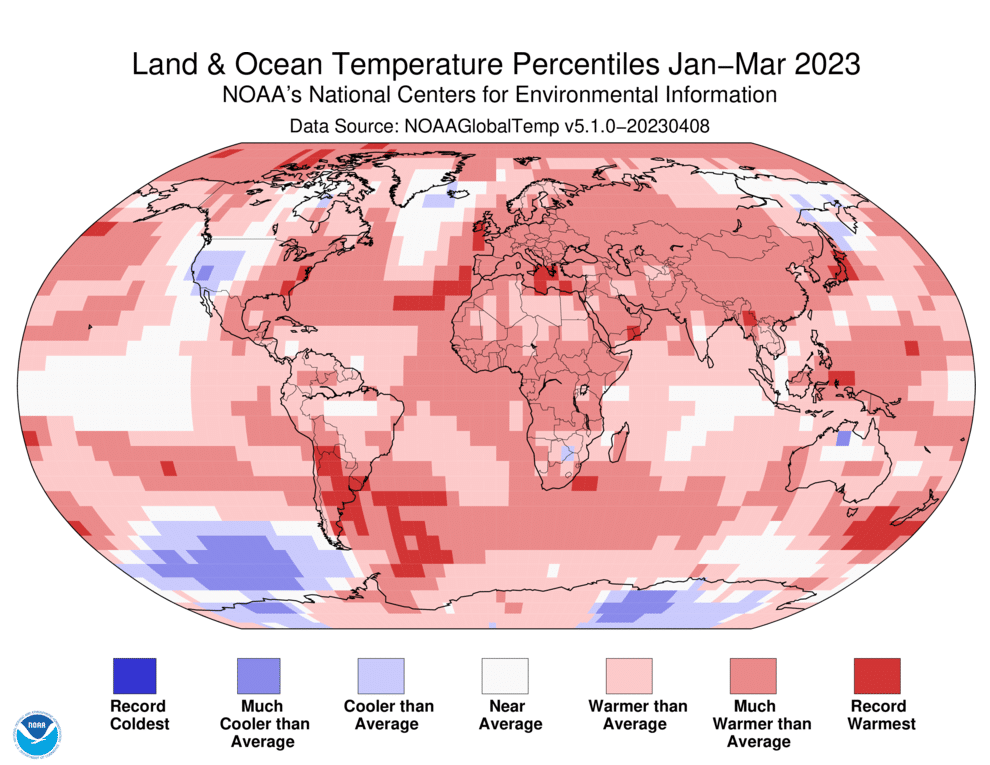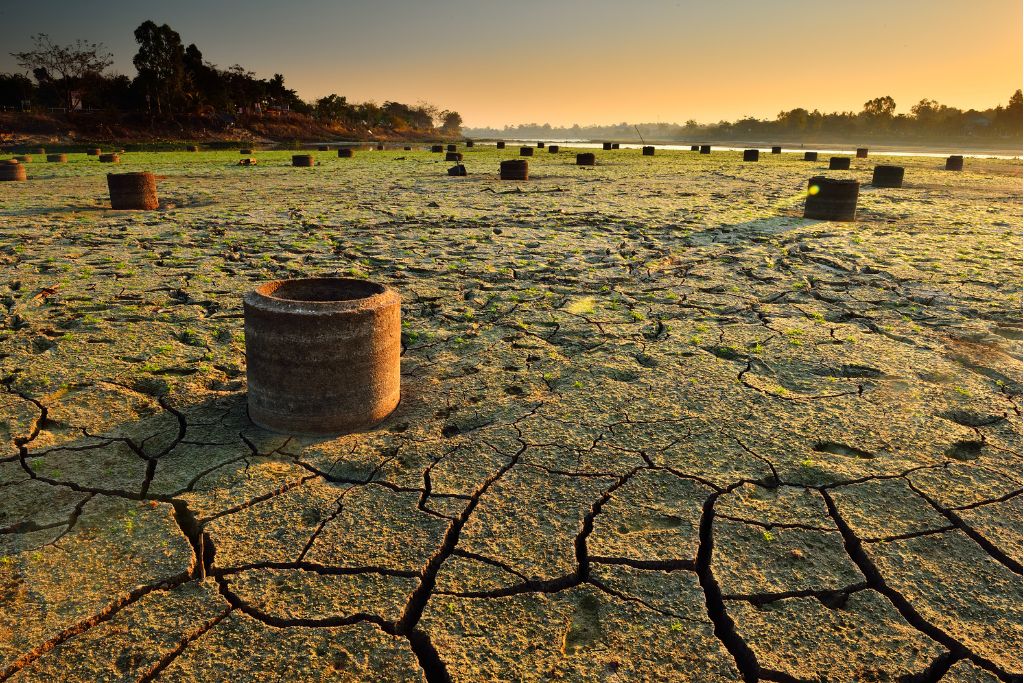Large parts of Southeast Asia have been battling a prolonged heatwave for weeks, which has brought record-high temperatures in several countries including Thailand, Vietnam, and Laos, and claimed dozens of lives in India.
—
A historic heatwave is sweeping across Asia, bringing record-high temperatures and threatening vulnerable populations.
On Monday, temperatures surpassed 44.1C (111.38F) in Vietnam’s Hoi Xuan for the first time in history, breaking the previous national record of 43.4C (110.3F) set in 2019. Similar records were broken in Laos’ city of Luang Prabang, which hit a historic high of 43.5C (110.3F) on Saturday, and in Thailand’s capital Bangkok, which on Sunday recorded its highest temperature ever – 41C (105.8F). Meanwhile, Cambodia, set a new national May record, with 41.6C (106.9F) readings in the Kratie province and the southern district of Ponhea Kraek.
Authorities in Hoi Xuan told the population to remain indoors during the hottest parts of the day, while farmers have been forced to start their working days earlier than ever and finish before 10am to avoid being outdoors during the hottest hours of the day, according to The Guardian.
While most Southeast Asian countries typically endure a hot period before the rainy season begins, the intensity of this year’s heatwave is unprecedented and has shattered previous records.
Indian authorities last month said the country, which exactly a year ago was battling through a historic heatwave that brought widespread suffering and fatalities, was once again experiencing record-high daytime temperatures about 4C to 5C above the seasonal average. At least 13 people have reportedly died from heat stroke in Mumbai last month.
April 2023 in #Thailand was the second hottest month on records.
Average temperature was 31.0C,+1.4C above normal (left map).
The country experienced its highest temperature on records.
Average rainfall was 39.5mm ,a deficit of -56%. (right map).
Maps by TMD. pic.twitter.com/2orRJd8MOi— Extreme Temperatures Around The World (@extremetemps) May 9, 2023
Climatologist and weather historian Maximiliano Herrera said that the ferocious temperatures recorded across Asia in recent weeks made for the “worst April heatwave” the continent has ever experienced. He tweeted that the episode is “one of the most brutal heat event[s] the world has ever witnessed,” adding that “records are being pulverized.”
According to the National Oceanic and Atmospheric Administration’s (NOAA) latest Global Climate Report, this year, Asia also had its second-warmest March on record after 2008, at 4.08C (7.34F) above average. It was Hong Kong’s fourth-warmest and Pakistan’s sixth-warmest March on record, while Japan recorded some of its highest temperatures ever in several northern, eastern, and western regions.
Meanwhile, western Mediterranean regions including Spain, Portugal, Morocco, and Algeria have also been battling with record-shattering temperatures last week, which would have been “almost impossible” without climate change, according to scientists. A heatwave of this magnitude should only have about a 1-in-400 chance of occurring each year, according to World Weather Attribution.
Climate scientists warn that heatwaves are only going to get more frequent and intense as climate change accelerates. Greenhouse gas emissions are currently at an all-time high of 424.26 ppm and global temperatures are at least 1.1C higher compared to pre-industrial levels.
They also expect the return of the El Niño weather phenomenon this year. Associated with warmer sea surface temperatures in the tropical Pacific and higher global temperatures, experts warn that its comeback will “push global temperatures off the chart,” making it “very likely” for global average temperatures to exceed 1.5C of warming. Beyond this threshold, even half a degree will significantly worsen the risks of drought, floods, and extreme heatwaves, and will result in food and water insecurity and poverty for millions of people worldwide. In a report published late last year, the UN warned that the world is already on track to warm well above 2C.

Land and ocean temperatures (January–March 2023). Image: NOAA.
You might also like: El Niño Will Push Global Temperatures ‘Off the Chart’ in 2023, Scientists Warn


















